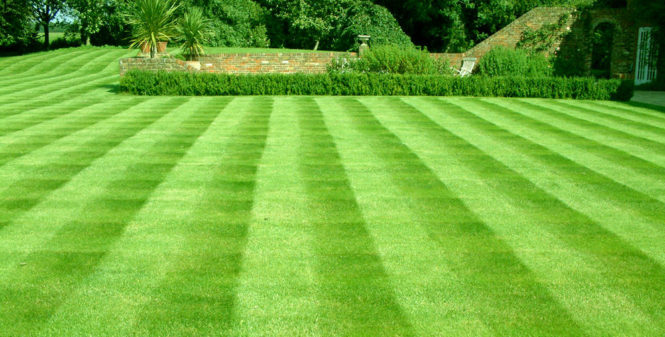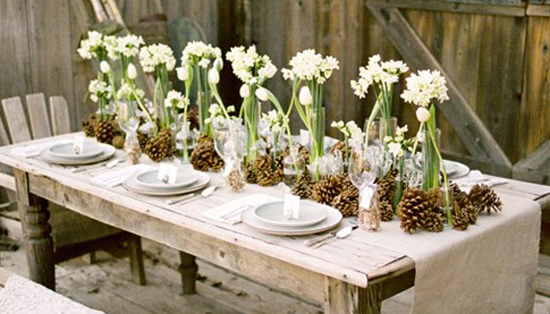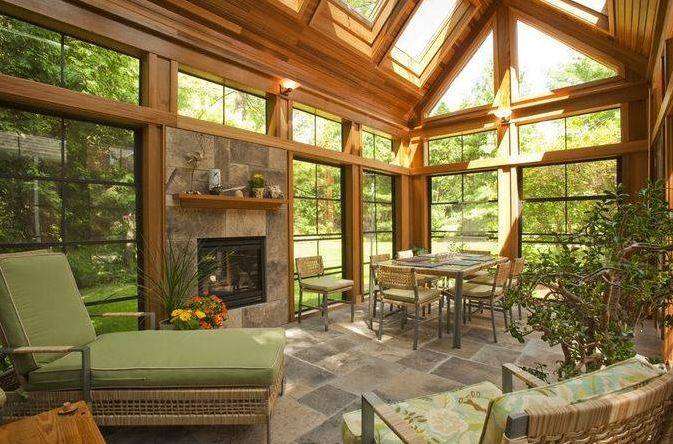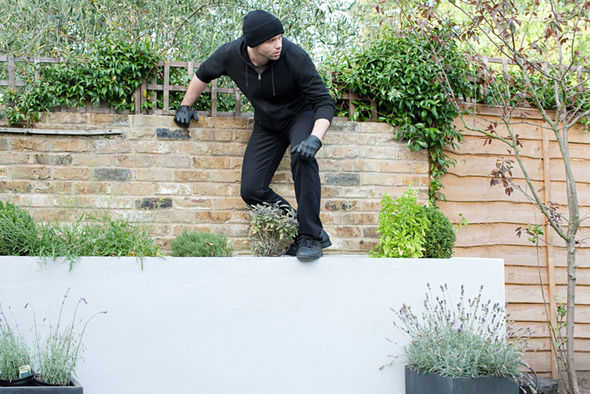No matter where you go you always see the same thing in people’s lawns, a bright, vibrant field of relentless green. You’d be forgiven for thinking that all this grass was precisely the same. The truth of the matter is that while all of them bring the same verdant color to your lawn (with some variations, of course, they don’t call it Blue Grass for no reason) what kind of seed you choose for your yard can make a huge difference in its success.
Location, Location, Location
Yes, where you’re at in the world matters. Warm-season grasses differ dramatically from Cool-season grasses. Most importantly what matters is your climate zone, as not all grasses fare well in all climates. St. Augustine is excellent if you happen to be living in warmer climates, for example.
- Northern Zone – In Canada and the Northern Reaches of the United States the summers tend to be rather mild, and the winters bitingly cold. If you live in one of these regions you’re going to want to look to tall fescue, Kentucky Bluegrass, or perennial ryegrass for your lawn.
- Transition Zone – Just like life climates aren’t simply black and white; there are variations of gray in them as you change latitude. The transition zones will bring you the hot summers that the South is famed for, along with a heavy dose of the cold winters you’ll find in the North. These make Bermudagrass, Zoysiagrass, and Kentucky Bluegrass some of your best choices for a balance of heat and cold tolerance.
- Southern Zone – Now that you’ve moved into the land of eternal green you’re going to want a grass that can put up with the hot summers and mild winters. Depending on where you are you’ll also have to consider that some of the southern areas are quite arid and can’t put any grass to the test when the heats high and the water low. Zoysiagrass, Bermudagrass, and Centipedegrass do well here, but the king of Southern grasses is St. Augustine Grass.
No Two Yards Are the Same
And so no single grasses are necessarily right for any two different lawns. Everything from the type of soil you have in your lawn, to its pH levels, every element of your yard influences which grass will thrive there, and which will falter and leave your lawn looking wilted or brown.
- Low-Input Areas – If you have an area of your lawn that doesn’t receive a lot of fertilizer or water, you’re going to want a grass hardy enough to withstand the neglect. Buffalograss is an excellent choice, as are the finer fescues. In the Southeast, centipede grass is going to be your best option.
- Shaded Sites – It may come as a surprise to many homeowners, but grass is just as picky about the amount of sunlight it receives as any plant. If your lawn doesn’t receive a lot of shade, then you’re going to want to investigate St. Augustine varieties of grass but stay away from the Floratam.
- High Traffic – You know all those family events you think about holding on your lawn? You need a grass that can tolerate that kind of abuse if you want it to stay looking its best. Perennial ryegrass and Kentucky Bluegrass are fantastic options throughout the North, but Bermudagrass reigns supreme in the South.
These simple considerations in choosing the right grass for your lawn can result in an incredibly vibrant lawn that will keep its beautiful appearance all year around.
To fortify your lawns and make sure they’re always looking their best, be sure to learn how to prepare them for the bare winter months. All this information together will ensure you have the most beautiful lawn in your neighborhood!







Comments are closed.